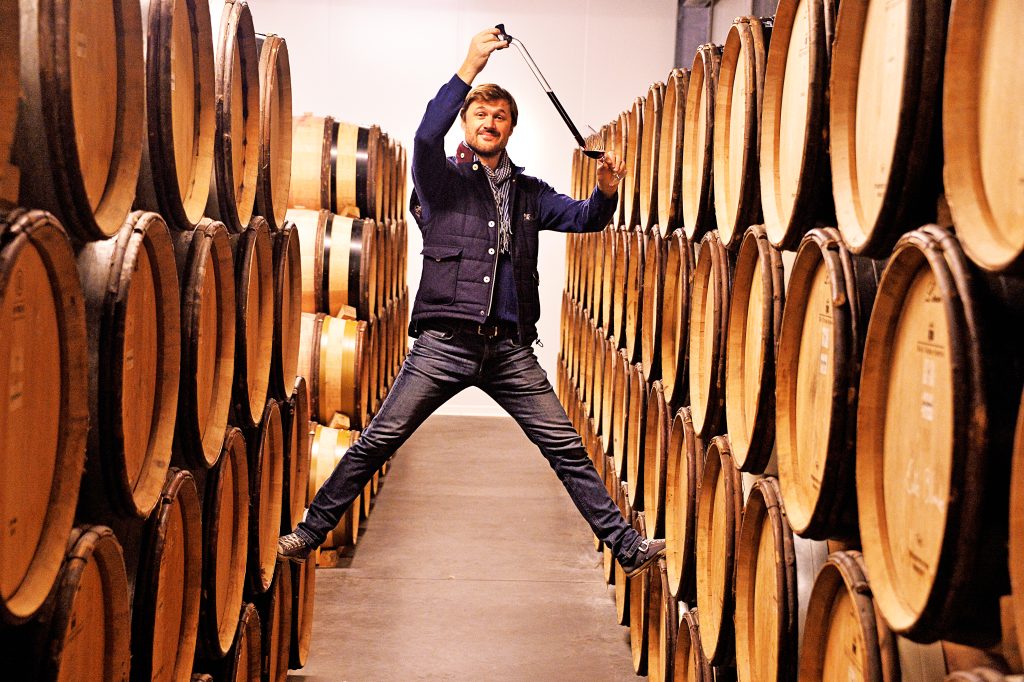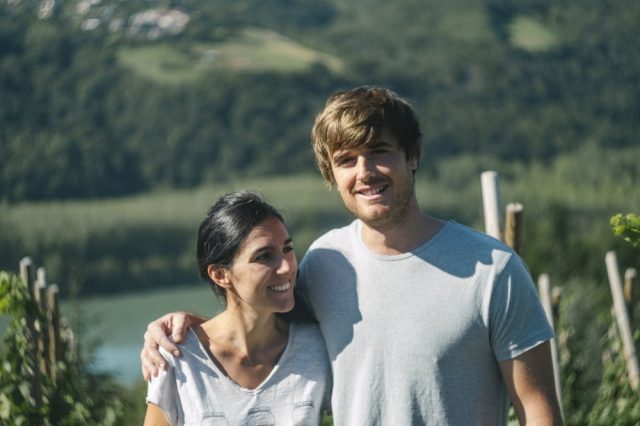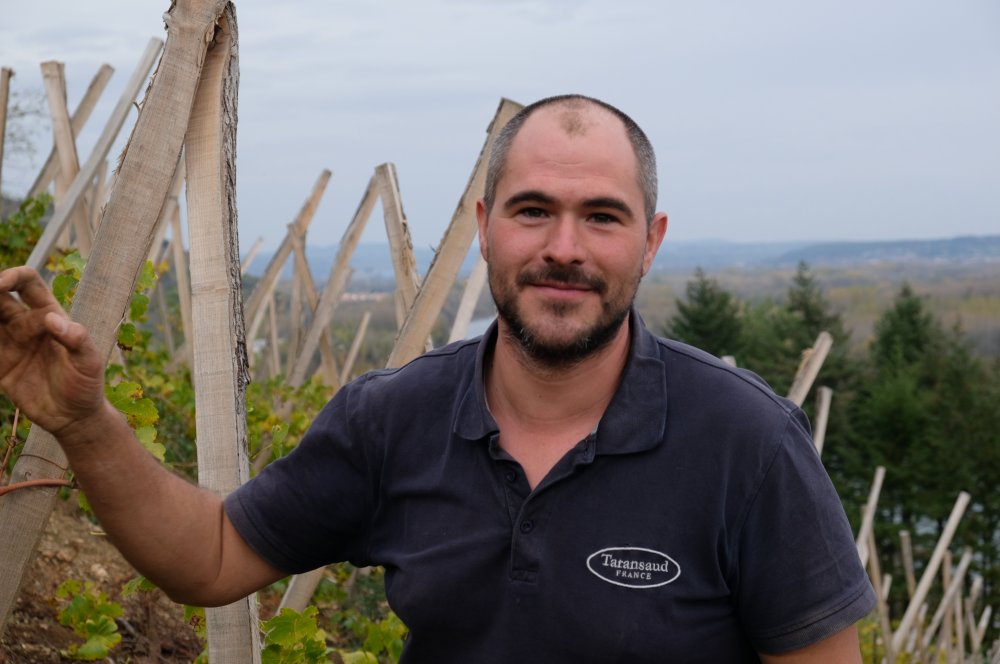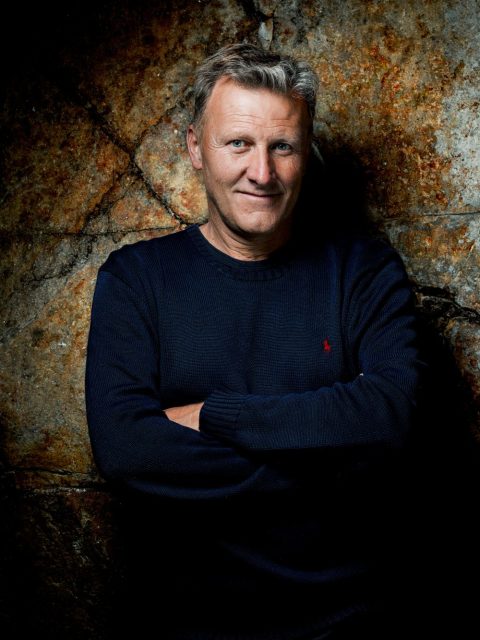New Cru? Northern Rhône comes of age
While Seyssuel awaits regulatory approval, its wines are a bargain for lovers of Northern Rhône Syrahs, writes Roger Morris.

Some of the best red wine from the Northern Rhône is being made in a place almost no one has heard of and sold at bargain prices compared with those of Côte-Rôtie and Hermitage. But neither the anonymity nor the prices may last much longer.
Once you leave the outskirts of Tain-l’Hermitage going north and past the last of the Crozes-Hermitage vines, the wine growing shifts to the Rhone’s right or west bank with the vineyards mostly facing toward the morning sun. First comes the long stretch of ubiquitous Saint-Joseph vines suddenly punctuated by the minuscule monopole, Château Grillet, then followed by the marvellous whites of Condrieu and spectacular reds of Côte-Rôtie. Across the river, on the Left Bank, is Vienne.
In the hills above Vienne to the north is Seyssuel, the heart of the pending, and perhaps final, cru of the Northern Rhône, now under consideration by the Institut National de L’Origine et de la Qualité (INAO). If you haven’t heard of Seyssuel, don’t be surprised. Although the terraces here are ancient, in modern days grapes have been grown on the hillside for about only 25 years, and there is no official appellation for the wines made from these grapes except the unromantic regional designation of “Collines Rhodaniennes.”
Currently, the Syrahs and Viogniers of Seyssuel, both of which would be permitted in the new appellation, are great values for wine lovers for two reasons. First, they are being primarily produced by well-known winemakers who have made their names in Côte-Rôtie and Condrieu and, second, because French consumers will only pay a lot of money once a region is recognised as its own cru, the long and laborious procedure that the Seyssuel area if now undergoing.
Although it is a new region, it is actually an old one rediscovered. The two dozen or so producers who have invested both money and reputation here see themselves as fulfilling the arc of French wine history. The Romans first made wine in Seyssuel – Pliny the Elder was a fan – but its vineyards were wiped out by phylloxera in the late 1800s, and even as the world rediscovered Côte-Rôtie and Condrieu over the past 50 years, Seyssuel remained in the shadows.
“We have to sell the wine by the quality, because we don’t have the appellation,” says Yves Cuilleron, an early pioneer, who quickly notes, “but we do have history.” Then he adds, “We also sell because of our reputation as winemakers. A lot of customers want to try our wines.”
Located about 30 kilometres south of Lyon, the vineyards of Seyssuel are composed of mainly schist lying at the top of the first rise of hills above the Rhone facing southwest toward Côte-Rôtie, visible across the river. Shortly after, at Vienne, the stream shifts from flowing southeast to southwest. There are actually three parts of vineyards here – Chasse-sur-Rhône, Seyssuel and Vienne, all named after the towns below – but they are generally lumped under the single Seyssuel designation.

Currently, there are almost 70 hectares planted and 23 winegrowers, who, with the exception of Domaine Eymin-Tichoux, which has the sole winery at Seyssuel, ship their grapes to their existing wineries, mostly located a few miles south.
“I grew up in Seyssuel, and my great-grandfather had a small vineyard in the hillside, but everything had disappeared,” says Sophie Eymin. “With my husband, Kévin Tichoux, we started to plant in 2015 with a hectare of Syrah. We rediscovered the ancient walls which are still standing outlining the terraces of the hill. Now we have three hectares on the terroir of Seyssuel.”
Another Rhône native, Pierre-Jean Villa, made wine in Burgundy for 25 years before returning home.
“Seyssuel in facing south and west toward the afternoon sun, while Côte-Rôtie gets the morning sun, so there is more ripeness in the Syrah grapes from Seyssuel,” Villa says. “The red wine from Seyssuel is always drinkable, young or old. Côte-Rôtie can sometimes closed for a period of years. With Viognier, with the exception of being the same grape variety, the wines are totally different with those of Condrieu. Seyssuel is on schist, while Condrieu is on granite.”
Partner Content
Stéphane Ogier, well-known for his vineyard-designed Côte-Rôtie as well as Condrieus, agrees. “The Viogniers of Seyssuel are more minerally.”

Cuilleron, who planted a small amount of Viognier among the Syrah of his 12 hectares of grapes to blend with the reds, says, “We had so much success with the white that we had none for blending. Still, it is the reds – the Syrahs – they are gaining the most attention from growers and customers alike. Bryan Deleu worked in the vineyards of other Seyssuel producers before starting his own business with one hectare of grapes. “I made the first vintage of Syrah in 2022,” he says, “and already it is a bomb – a lot of fruit and a complex tannin structure. It is already a very elegant wine.”
Ogier planted 3.5 hectares in 2001 and has marketed the Syrah for several years under the brand “L’Âme Soeur,” which always sells out. “The quality level is very high,” he says, “some of it as high as some of our Côte-Rôties.” (L’Âme Soeur sells for £33, while the Côte-Rôtie “La Belle Hélène” is £265.)
“I have a good example,” Ogier says. “I had a tasting with the trade in Lille recently with my Côte-Rôties and put in a bottle of L’Âme Soeur. People are always very surprised by how well it compares. Sommeliers love it because it is less expensive, and it has a story. They like to use it to surprise their clients.”
Most Seyssuel producers who also produce Côte-Rôtie are similarly comfortable with the comparison. “For us, the terroir of Seyssuel has nothing to envy to the terroir of Côte-Rôtie,” Eymin says. “We are facing south with a mixture of gneiss, mica schist and quartz.”
Now, everyone is waiting for the INAO to presumably give its approval. Unlike the southern Rhône, where new regions seeking an upgrade go through a progression of Côtes-du-Rhône ‘village’ designations before attaining cru status, there are no such designated villages in the north.
“Certainly, we will not go through Côtes du Rhône Village,” says Florian Marcellin, wine specialist with the Vienne-Condrieu tourist bureau. “We will be a regional AOP then quickly a cru. These are the two steps.” He also notes that a few winemakers are using the simple, basic designation of ‘Vin de France’ rather than the current AOP, ‘Collines Rhodaniennes’.”

Unlike with the large Saint-Joseph appellation that runs for more than 65 kilometres along the Rhône’s western side, the Seyssuel application, Cuilleron says, “will be difficult to expand beyond the current 70 hectares, although 120 hectares is a possibility.”
And not everyone may be happy if Seyssuel gets its cru status, Villa says, “We first started this in 2004, and there are people who are jealous that we might get cru status in a shorter period of time than they did. But we have to explain to them that Seyssuel already has a long history of make wine, and that history is on our side.”
Related news
Do wine lists still need the human touch?
Can wine compete with beer and baijiu in China?
Volatile first quarter for fine wine, but there is optimism on the horizon




